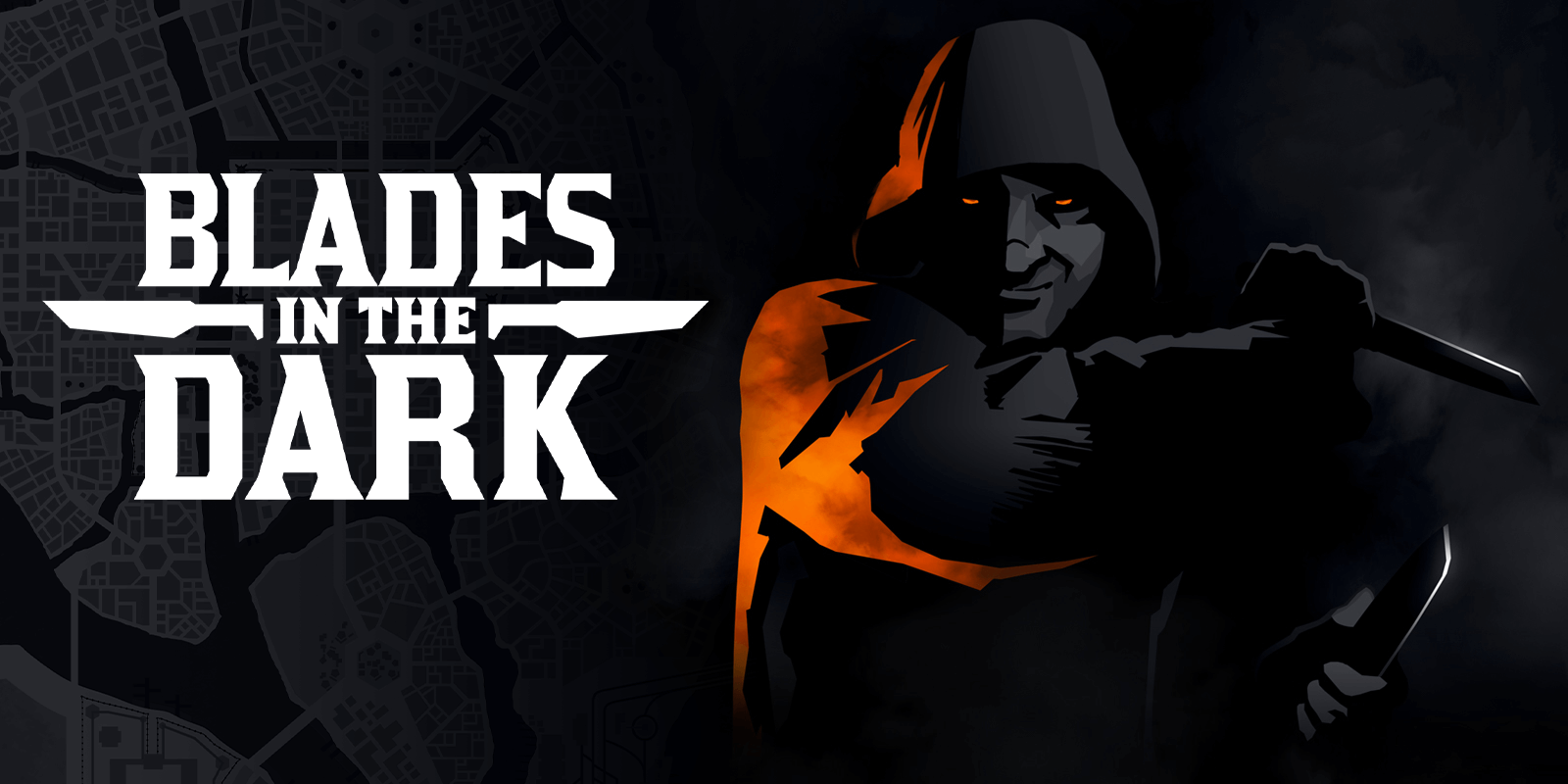
Locales
Chapters
The Basics
The Characters
The Crew
The Score
Downtime
When your PC suffers a consequence that you don't like, you can choose to resist it. Just tell the GM, "No, I don't think so. I'm resisting that." Resistance is always automatically effective—the GM will tell you if the consequence is reduced in severity or if you avoid it entirely. Then, you'll make a resistance roll to see how much stress your character suffers as a result of their resistance.
You make the roll using one of your character's attributes (Insight, Prowess, or Resolve). The GM chooses the attribute, based on the nature of consequences:
- Insight: Consequences from deception or understanding.
- Prowess: Consequences from physical strain or injury.
- Resolve: Consequences from mental strain or willpower.
Your character suffers 6 stress when they resist, minus the highest die result from the resistance roll. So, if you rolled a 4, you'd suffer 2 stress. If you rolled a 6, you'd suffer zero stress. If you get a critical result, you also clear 1 stress.
Ian's character, Silas, is in a desperate Skirmish with several duelists and one of them lands a blow with their sword. Since the position was desperate, the GM inflicts severe harm (modified by any other factors). They tell Ian to record level 3 harm, "Gut Stabbed" on Silas's sheet. Ian decides to resist the harm, instead. The GM says he can reduce the harm by one level if he resists it. Ian rolls 3d for Silas's Prowess attribute and gets a 5. Silas takes 1 stress and the harm is reduced to level 2, "Cut to the Ribs."
Usually, a resistance roll reduces the severity of a consequence. If you're going to suffer fatal harm, for example, a resistance roll would reduce the harm to severe, instead. Or if you got a complication when you were sneaking into the manor house, and the GM was going to mark three ticks on the "Alert" clock, she'd only mark two (or maybe one) if you resisted the complication.
You may only roll against a given consequence once.
The GM also has the option to rule that your character completely avoids the consequence. For instance, maybe you're in a sword fight and the consequence is getting disarmed. When you resist, the GM says that you avoid that consequence completely: you keep hold of your weapon.
By adjusting which consequences are reduced vs. which are avoided, the GM establishes the overall tone of your game. For a more daring game, most consequences will be avoided. For a grittier game, most consequences will only be reduced with resistance.
The GM may also threaten several consequences at once, then the player may choose which ones to resist (and make rolls for each).
"She stabs you and then leaps off the balcony. Level 2 harm and you lose the opportunity to catch her with fighting."
"I'll resist losing the opportunity by grappling her as she attacks. She can stab me, but I don't want to let her escape."
Once you decide to resist a consequence and roll, you suffer the stress indicated. You can't roll first and see how much stress you'll take, then decide whether or not to resist.
RESISTANCE ROLL
⏣ 1d for each Attribute rating.
You reduce or avoid the effects of the consequence (GM chooses).
Suffer 6 Stress minus the highest die result.
Critical: Clear 1 stress.
Armor
If you have a type of armor that applies to the situation, you can mark an armor box to reduce or avoid a consequence, instead of rolling to resist.
Silas is taking level 2 harm, "Cut to the Ribs," and the fight isn't even over yet, so Ian decides to use Silas's armor to reduce the harm. He marks the armor box and the harm becomes level 1, "Bruised." If Silas was wearing heavy armor, he could mark a second armor box and reduce the harm again, to zero.
When an armor box is marked, it can't be used again until it's restored. All of your armor is restored when you choose your load for the next score.
Death
There are a couple ways for a PC to die:
- If they suffer level 4 fatal harm and they don't resist it, they die. Sometimes this is a choice a player wants to make, because they feel like it wouldn't make sense for the character to survive or it seems right for their character to die here.
- If they need to record harm at level 3 and it's already filled, they suffer a catastrophic consequence, which might mean sudden death (depending on the circumstances).
When your character dies, you have options:
- You can create a new scoundrel to play. Maybe you "promote" one of the NPC gang members to a PC, or create a brand new character who joins the crew.

